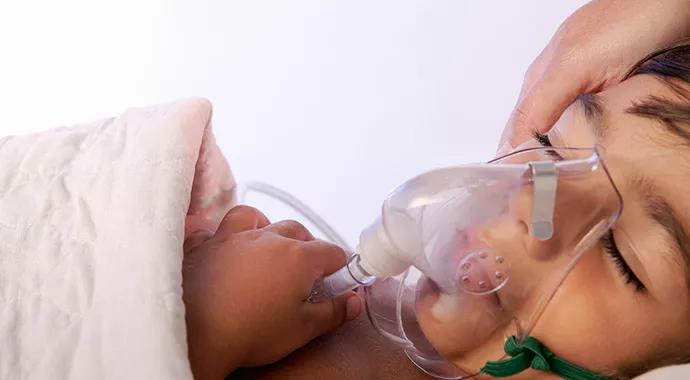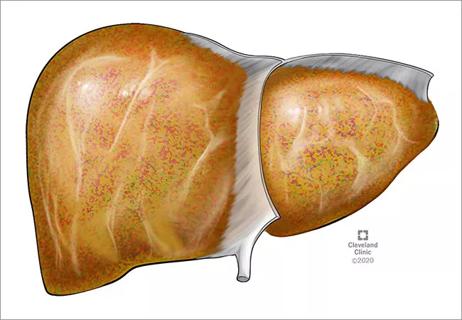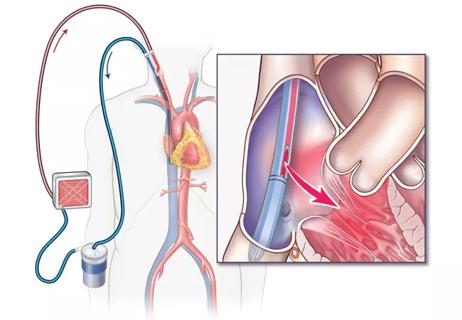Defining Functional Nutritional Requirements in Critically Ill Children

Cleveland Clinic is a non-profit academic medical center. Advertising on our site helps support our mission. We do not endorse non-Cleveland Clinic products or services. Policy
Nutrients play far more than just nutritional and metabolic roles. They are active compounds that intervene in multiple functions, and their availability is known to influence immunity, function, behavior and even epigenetic changes — thereby defining pediatric origins of adult diseases.
Despite the essential role of nutritional support in the management of critically ill infants, specific amino acid requirements in parenterally or enterally fed patients are not known. Research evaluating these requirements is a high priority, as the enteral or parenteral nutrition support currently provided to patients is based on limited data. Moreover, septic children exhibit marked metabolic differences from healthy children, and nutrient utilization is different when nutrition support is provided via the enteral vs. the parenteral route. Therefore, nutritional recommendations for healthy infants may not be applicable to the sick infant.
My work as a researcher in pediatric nutrition biochemistry has recently included a focus on determining the parenteral requirements for a specific sulfur amino acid — methionine — in critically ill septic children. My colleagues and I are interested in methionine for the multiple relevant functions that it and its metabolites perform in this population.
The functional importance of sulfur amino acids is particularly relevant in the pediatric population, where growth and development are actively ongoing, and even more so in the setting of critical illness, where protein synthesis is increased for immune function and repair.
Methionine, an indispensable sulfur amino acid, is necessary for biosynthesis of proteins, polyamines, choline, creatine, and DNA and RNA intermediates. But its work doesn’t stop there. It also serves as a major methyl group donor for methylation reactions involved in signal transduction, protein repair, chromatin regulation and gene silencing.
Methionine is metabolized via three major pathways — transmethylation, remethylation and transsulfuration — that yield functionally active intermediate metabolic products. Through the transsulfuration pathway, methionine serves as a precursor for the amino acid cysteine. Under physiologic conditions, cysteine is the rate-limiting step in the synthesis of the tripeptide glutathione, a major antioxidant with detoxifying and signaling properties that play a key role in control of apoptosis and inflammation. Altered oxidative processes and apoptosis are prevalent mechanisms in the inflammation and multiorgan system dysfunction frequently observed in the pediatric ICU.
Parenteral amino acid formulas are devoid of cysteine and taurine, both of which are important amino acids found in regular diets. Hence, commercially available total parenteral nutrition (TPN) formulas contain large amounts of methionine, with the expectation that methionine will be metabolized to cysteine via transsulfuration. However, methionine, like all the essential amino acids, can be toxic when supplied in large amounts and can be associated with hepatic and neurologic toxicity.
Furthermore, previous studies conducted at my laboratory have found that the synthesis rates of glutathione are decreased in critically ill septic children,1 suggesting that these patients’ ability to support an antioxidative response is limited
These factors have driven our ongoing research on parenteral requirements of methionine in critically ill septic children, which I initiated at my prior institution and have continued with colleagues at Cleveland Clinic since late 2013.
Using the indirect indicator amino acid oxidation technique with L-[1-13C]-labeled leucine as the indicator amino acid, together with state-of-the-art mass spectrometric methods, we have defined parenteral methionine requirements in 55 critically ill septic infants 1 to 3 years of age. As detailed in the figure, we determined breakpoints between graded levels of methionine intake and rates of leucine oxidation (left graph) and rates of leucine balance (right graph).

Figure. Graphs showing relationships between methionine intake and the indicator amino acid leucine in 55 septic children. Left: Breakpoint between rates of leucine oxidation and graded levels of methionine intake. Right: Breakpoint between rates of leucine balance and graded levels of methionine intake.
As detailed in the table, the “breakpoint,” or estimated average requirement (EAR), between methionine intake and leucine oxidation was found at methionine intakes of 40.26 mg/kg/d. The safe population intake (recommended dietary intake; RDI), based on the breakpoint’s upper 95 percent confidence limit, was determined to be 49.87 mg/kg/d. The total sulfur amino acid requirements (methionine plus cysteine) were determined to be 55.26 mg/kg/d in terms of EAR and 64.87 mg/kg/d in terms of RDI.

We also determined EAR and RDI values based on rates of leucine balance, as detailed in the table. There were no statistical differences between the values obtained by leucine oxidation and leucine balance.
Our data suggest that the current standard parenteral intakes of methionine for 1- to 3-year-old critically ill septic children i.e., 100 to 120 mg/kg/d — are approximately double the required levels. This excessive amount of methionine, and the corresponding lack of cysteine, may contribute to TPN cholestasis and oxidative injury, particularly in children who require longterm TPN.
We are preparing these findings for full peer-reviewed publication soon. Stay tuned for more details in the continuing quest to better define functional amino acid requirements for critically ill children.
Lyons J, Rauh-Pfeiffer A, Ming-Yu Y, et al. Cysteine metabolism and whole blood glutathione synthesis in septic pediatric patients. Crit Care Med. 2001;29(4):870-877.
Dr. Castillo is Chair of Cleveland Clinic Children’s Department of Critical Care Medicine.

Consider offering your patients enrollment in a leading-edge clinical study

Findings underscore need for early screening and close follow-up

Consider offering your patients enrollment in a leading-edge clinical study

Titanium dioxide nanoparticles exaggerate inflammation induced by RSV

Study supports using the direct thrombin inhibitor

Estimating risk remains elusive

The search for predictive factors continues

A conservation with Karen Murray, MD